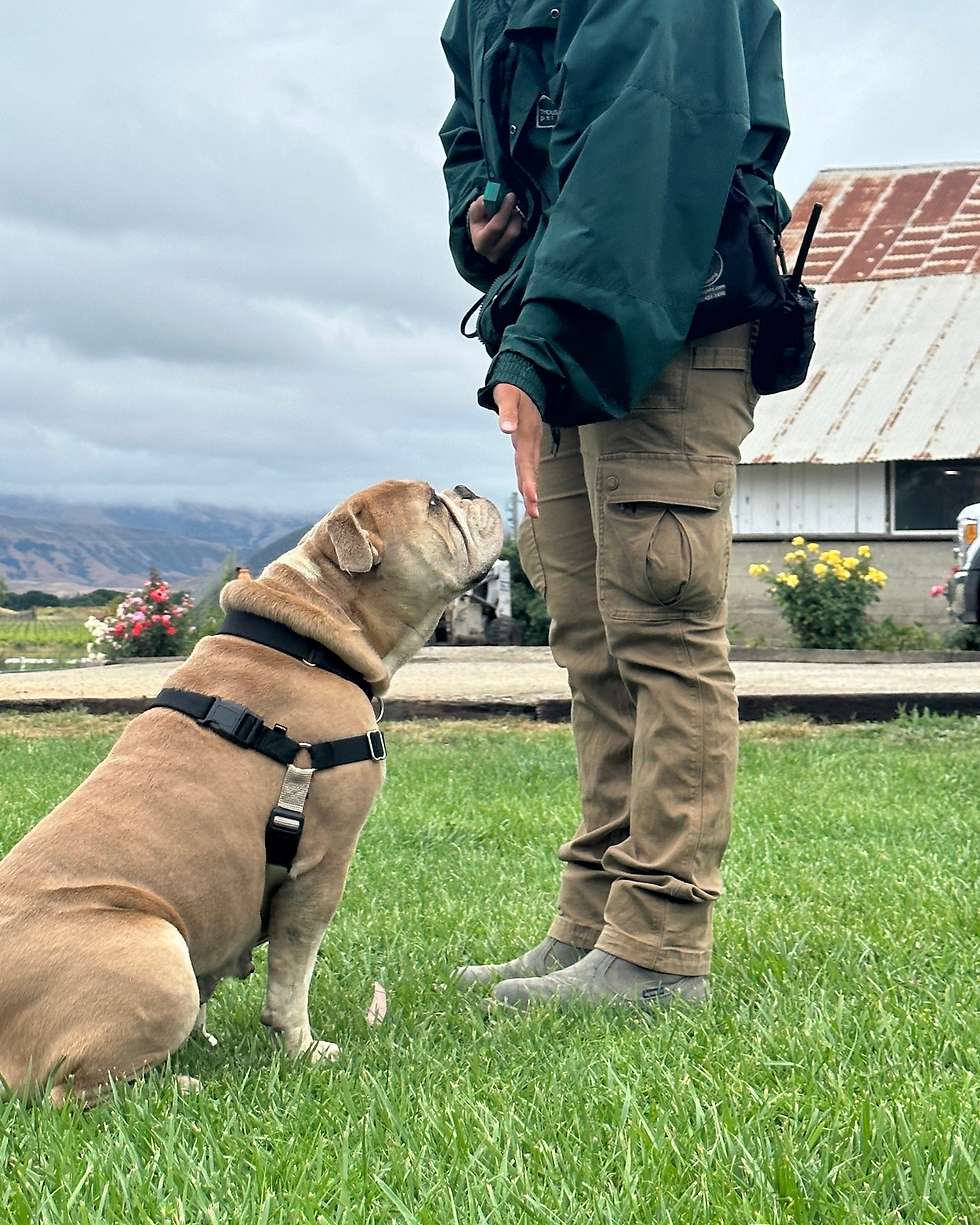Why Dog Sports Matter: Building Connections, Confidence, and Companionship
- Jennifer Nowell
- Feb 9
- 4 min read
What on Earth do I mean by dog sports? Simply put, dog sports are a variety of judged competitions designed to engage the abilities of our canine companions. These sports include Agility, Nose Work, Tracking, Obedience, Rally Obedience, Barn Hunt, Coursing, Earthdog, Herding, Flyball, Disc Dog, Conformation, etc. The list continues from there and new ones are being developed often. These sports offer titling opportunities or just fun days with your best friend.

Numerous benefits come from training for and participating in a sport with your dog, such as keeping your pup in shape physically and mentally. Spending time together fosters a closer relationship between you. Your dog becomes a partner and teammate. We begin to understand our dogs’ body language, and they in turn respond to ours. Some teams have worked together so closely for so long they can predict what each other will do.
Becoming a team with your dog exemplifies the bond between human and canine going back thousands of years. Ancient peoples and dogs (in the form of wolves or native dogs) began to work together to hunt prey in order to survive. From these beginnings grew an alliance that has lasted through time.

Eventually, humans began selectively breeding dogs for certain traits which were then turned into jobs for these dogs. We now have guardian dogs, retrieving dogs, herding dogs and drovers, sighthounds, scent hounds, pointers, and spaniels for hunting, terriers for vermin eradication, toy dogs as companions, and many others with multi-purpose functionality. Even within these very generalized groups, there are breeds with even more specific attributes that make them ideal workers in different ways. For instance, the Pembroke Welsh Corgi is built long and low in order to avoid being kicked by cows as they are herded. In contrast, the Border Collie is fast and agile with the hard stare as they perform the same herding function.
Another example is your classic Labrador or Golden Retriever and the Poodle. All are water retrieving breeds designed in different countries in response to the hunting terrain. Same goes for the spaniel breeds. Some have slightly longer legs to combat the dense brush, others are heavier in body so the hunter can keep up. All have the soft mouth required of a retriever so as not to damage the prey upon return to the person.
Today, we see a multitude of different breeds and mixed breeds competing in sports that reflect all these shared histories. Sighthounds fly on a lure course, sporting dogs compete in hunting trials, terriers and Dachshunds go to ground in an Earthdog competition, herding breeds compete in herding trials, and working dogs are harnessed up for weight pulls. Many more dogs can compete in non-breed specific sports like Agility, Obedience, and Nose Work.
These popular sports define teamwork. If you or your dog is not into doing a particular sport, success can be elusive. I think we can all relate to that. How many times have any of us put off a task because we just plain don’t like it? Instead, try building the desire to work in your dog. Yes, some breeds are more predisposed to be successful, but any dog can take part if they have the proper foundation and motivation.
I would make the additional argument that joy also yields benefits. When we and our dogs find true happiness in our sport/competition/relationship, we gain a deeper understanding of each other and that leads to other discoveries on what drives us individually. If we think of our dogs not just as animals, but as allies, we open our eyes to an enhanced connection based on shared histories both recent and age-old.
So how do you know which sport is right for you? First, do a little reading about a sport that interests you. A little background knowledge always helps! Second, be honest about you or your dog’s capabilities and health. I probably wouldn’t start a 12-year-old dog on an Agility course, nor would I expect my 6-month-old puppy to be able to handle rigorous training in anything. (Puppies especially need time to grow their bodies without undue physical stress).
In addition, what breed(s) your dog is can definitely affect performance. Independent breeds such as Hounds and Terriers tend to dislike repetitive training, such as obedience, while breeds bred for close work with humans excel at it. Multi-purpose breeds like Rhodesian Ridgebacks, Dalmatians, or Poodles are excellent at many different sports. As with anything, the individual personality of each dog (and person!) needs to be taken into account, too.

If you are curious about trying a new dog sport, there are numerous resources online. For Nose Work, I recommend the National Association of Canine Scent Work. This is the only scent sport program where the instructors undergo a training process that lasts 2 years. It is a dog-led sport which encourages the dog to be the team leader by using its nose to find hidden odors. For Barn Hunt, where dogs find rats hidden in hay bale mazes, try the Barn Hunt Association. There are a few places to learn about Agility, such as the AKC, NADAC, or USDAA. Most other sports are offered through the American Kennel Club, like Obedience, Lure Coursing, Tracking, Earthdog, or Herding. There is something for everyone out there.
At Gentle Touch Pet Training, we offer classes for Agility, Nose Work, and soon Rally Obedience. Our instructors are specifically trained for each sport and they also compete. We can help you determine which sport might be best for you, as well. Come explore the big, wide world of canine sports with your dog!




